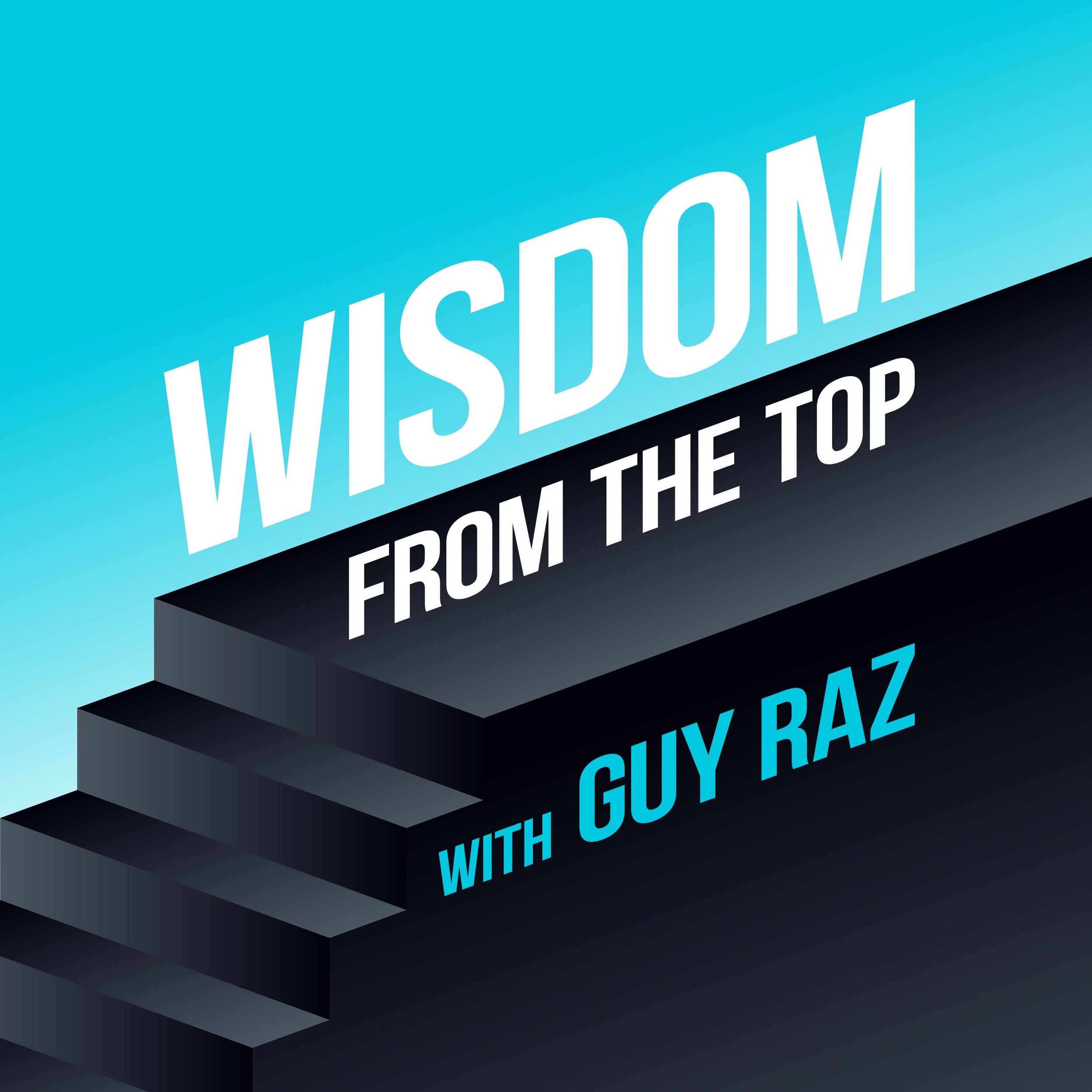Reposted from Dan Hesse's LinkedIn series on Executive Leadership and Corporate Responsibility. The following was published September 10, 2015.
------
There’s a widely-held belief that it’s expensive to provide customers with superior service. In my experience, the opposite is true. In fact, Sprint spent $2 billion less per year for customer care when it reached the top of its industry’s overall customer satisfaction rankings than it did when it was at the bottom of the rankings.
Companies owe it to their customers and employees to provide great customer service. A strong service culture can create a virtuous circle between employees and customers, engaging everyone in the firm in customer service improvement, not only the people on the front lines.
In this brief article entitled Great Customer Service Costs Less running in the current CEO Forum magazine, I discuss the six-point plan that took Sprint from “worst-to-first.” According to the prestigious American Customer Satisfaction Index, when Sprint reached the #1 spot, Sprint was the only company that they had seen go from last place to first place in its industry, and Sprint was the most improved U.S. company in overall customer satisfaction across all 43 industries studied from 2008-2014.
The six steps Sprint relentlessly followed were to:
- Align Compensation and Rewards: Sprint aligned the compensation of every employee in the company around the same metrics, which included customer turnover (churn) and the number of calls to customer care.
- Place the customer experience first on the agenda: The agenda of every Operations Team meeting began with churn and the number of calls to customer care.
- Perform root cause analysis: Sprint collected and analyzed data from customer calls to identify the root causes of customer dissatisfaction.
- Hold the right organizations and people accountable: The customer care organization is usually not the cause of customer dissatisfaction, but often, inappropriately, they’re held accountable for customer experiences they don’t control.
- Assign strong project leaders: If you don’t assign strong people to lead the projects, the organization won’t think customer service is important.
- Simplify the business: It is not simple to simplify, but customers crave, and they’ll pay a premium, for simplicity. Complexity creates more reasons for customers to call care, and complexity makes it more difficult for care reps to solve problems.
If you’re so inclined, please clickthrough to read more on these six steps and key factors in providing great customer service. I invite you to share your ideas on this important subject with me.
Great Customer Service Costs Less - CEO Forum, Volume IV, Issue 2, 2015


